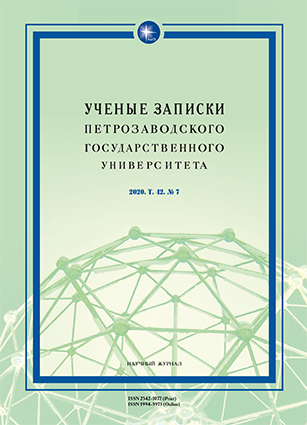АГИОНИМ АЙШЕ-ФАТИМА В ТРАДИЦИЯХ ТЮРКСКИХ НАРОДОВ
AYSHE-FATIMA AGIONYM IN THE TRADITIONS
OF THE TURKIC PEOPLES
Author(s): Guzaliya Sayfullovna Khazieva-DemirbashSubject(s): Language and Literature Studies
Published by: Петрозаводский государственный университет
Keywords: local cultural traditions; Turkic parallels; ethnolinguistic reconstruction; agionym; Ayshe-Fatima
Summary/Abstract: The article presents one of the famous characters of the Muslim world in Turkic mythology – the character of Aуshe-Fatima.However, despite the general Muslim origin of the character, the Tatars venerate her as their local saint, consideredto be the patroness of sick women. The article explores the Ayshe-Fatima agionym in Tatar traditions and identifi es theparallels of its use in other Turkic languages. Through the study of folklore and ethnographic materials the followinglocal variants of the Ayshe-Fatima agionym were identifi ed: Gaishə-Fatima kuly (literally ‘the hand of Gaishe-Fatima’),Gaishə-Fatima ime (litearlly ‘the remedy of Gaishe-Fatima’), Gaishə-Fatima tele or the spell of Gaishe-Fatima (literally‘the language of Gaishe-Fatima’), Ayshə-Batman sulishy (literally “the sigh of Gaishe-Fatima’). These charactersand their local variants were brought to Tatar culture together with Islam. Ayshe is the name of the wife of the ProphetMuhammad, and Fatima is the name of his daughter. The ethnolinguistic reconstruction of the linguistic facts wasbased on the study of the texts of traditional spells. The analysis of the texts revealed the most important symbol – thehand of Ayshe-Fatima, attributed with magic healing powers. The article identifi es and analyzes local and temporalcharacteristics of Ayshe-Fatima agionym. Two lines of its existence were established: on the one hand, Ayshe-Fatimaagionym lives in the language as a precedent name; on the other hand, in the studied texts the agionym is most closelycomparable to the local variants of the Tatars’ culture within their own ethnocultural space. The research also revealedthe parallels with Ayshe-Fatima agionym in other Turkic languages.
Journal: Ученые записки Петрозаводского государственного университета
- Issue Year: 42/2020
- Issue No: 7
- Page Range: 25-29
- Page Count: 5
- Language: Russian

